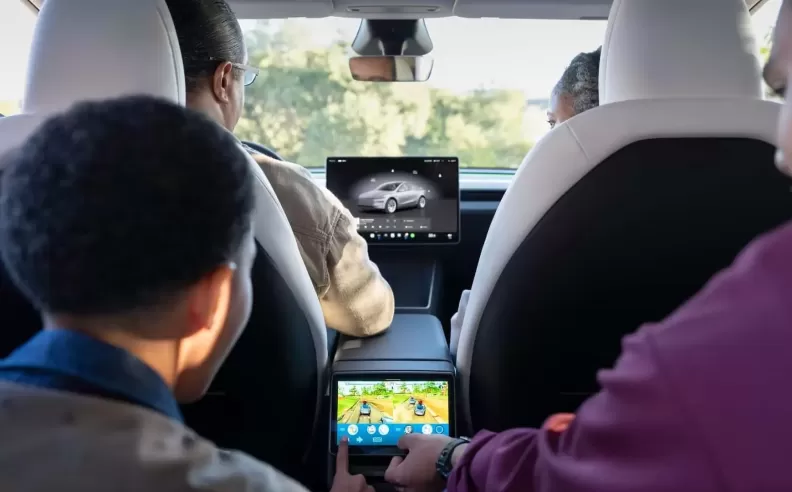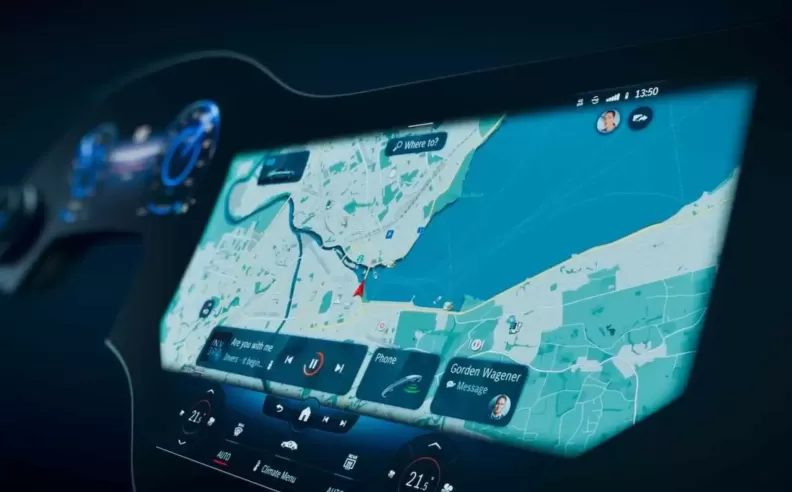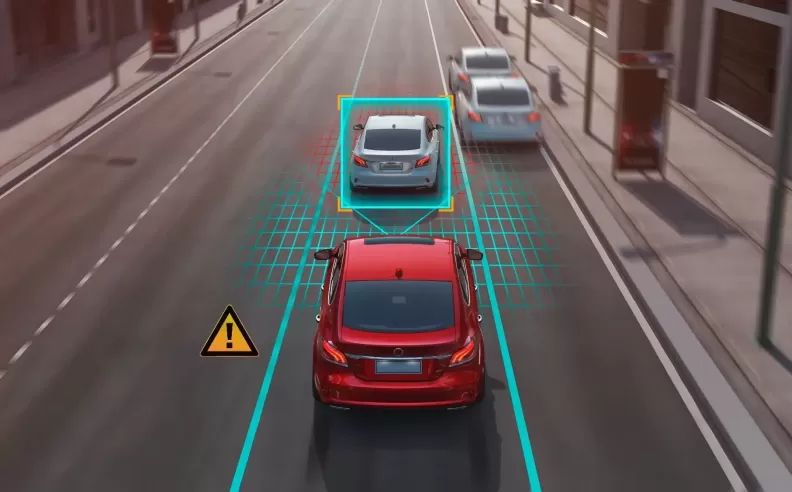
Touchscreens once symbolized the future of automotive innovation, a digital revolution led by brands like Tesla and widely adopted by the industry. But now, in a surprising turn, major car manufacturers are pressing the brakes on this trend. Rising safety concerns, new regulations, and a wave of user frustration have sparked a global shift. Buttons, once seen as outdated, are back in style, and for good reason.

Carmakers across Europe and the US are rethinking their reliance on touchscreens after years of growing customer dissatisfaction. Volkswagen faced heavy backlash in 2020 for its ID.3 and ID.4 models, leading to CEO Thomas Schäfer openly admitting that touch controls severely harmed user experience. As a result, physical buttons are making their way back into new models.
Hyundai and Porsche have also responded to customer feedback, redesigning their latest models to reintegrate physical controls. Porsche’s revamped Cayenne, for instance, brings back tactile climate control buttons based on user studies from around the world, including the American market. This re-embrace of buttons isn't just a design choice; it’s a commitment to usability and driver satisfaction.

European safety organizations like NCAP are enforcing stricter criteria starting in 2026, requiring physical controls for critical functions such as turn signals, hazard lights, and emergency features. Without these, cars will be ineligible for a five-star safety rating. This regulatory push comes after studies revealed drivers spend nearly 40 seconds navigating touchscreens for simple tasks, a dangerously long distraction.
While brands like Tesla still champion the all-touch interface, the global trend leans toward a hybrid approach. Screens remain essential for maps, cameras, and infotainment, but buttons are reclaiming their role for instant, tactile interactions. Even in tech-savvy China, where massive touchscreens are the norm, it’s only a matter of time before consumer demands shift.
As the industry balances innovation with user comfort, the future cabin will likely blend sleek digital interfaces with intuitive physical controls, offering the best of both worlds.

Started my career in Automotive Journalism in 2015. Even though I'm a pharmacist, hanging around cars all the time has created a passion for the automotive industry since day 1.

